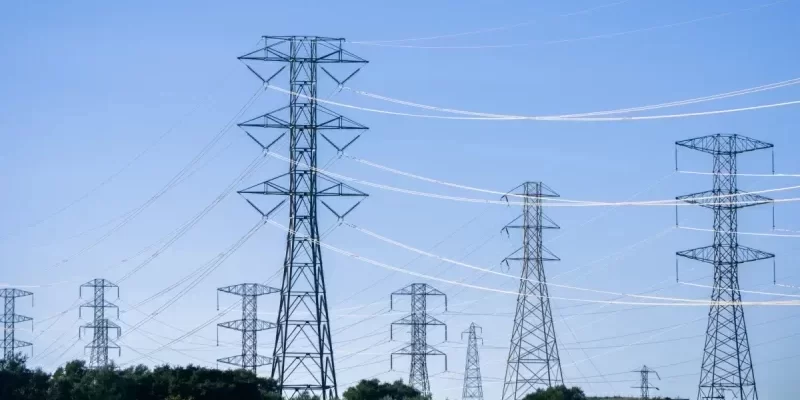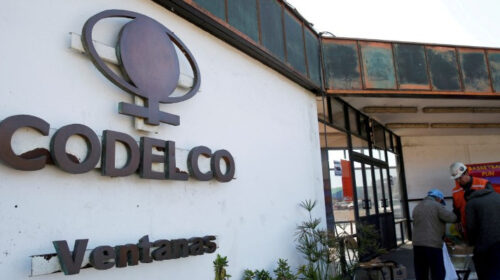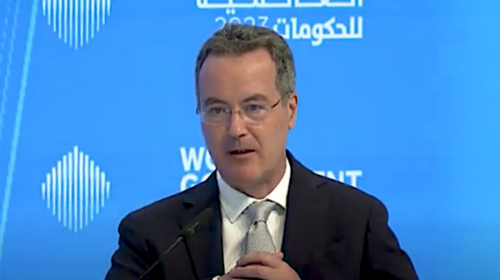Zimbabwe’s Cost-Reflective Tariffs Drive Energy Investments Amid Power Crisis
Zimbabwe’s adoption of cost-reflective tariffs has triggered a surge in energy sector investments aimed at alleviating the nation’s ongoing power shortages.
Since the tariff adjustment in December 2023, energy projects totaling 3,000 MW are under development, according to Zimbabwe Electricity Supply Authority (ZESA) chairperson Sydney Gata.
“Immediately after the tariffs were corrected, we engaged industry, particularly mining, encouraging them to invest in electricity infrastructure,” Gata said at an energy summit in Victoria Falls.
Miners were urged to take responsibility for their energy needs instead of relying on government subsidies. “To our surprise, the response was overwhelmingly positive,” Gata added.
Key projects expected to become operational in 2025 include the refurbishment of coal-fired power plants by Jindal Steel and Power and the development of solar facilities by Tsingshan Holding Group’s Afrochine Smelting and PPC.
These initiatives are projected to mitigate prolonged outages worsened by severe droughts that have drastically reduced hydroelectric output from the Kariba Dam, the country’s primary energy source. Kariba’s power station is currently generating just 10% of its 1,050 MW capacity.
As of November 16, Zimbabwe’s total power generation stood at 1,189 MW—nearly half of the national demand. The mining sector, experiencing an annual growth rate of 9% fueled by commodities like lithium, coal, iron, and steel, has significantly contributed to the shortfall.
“Our sector currently requires about 700 MW, and projections indicate that demand will rise to 2,000 MW within three to five years, exceeding the country’s current output,” said Isaac Kwesu, CEO of the Zimbabwe Chamber of Mines.
ZESA’s roadmap outlines plans to end power cuts by late 2025 and cease electricity imports by 2026. Zimbabwe currently imports energy from Mozambique and South Africa’s Eskom Holdings.
These developments reflect a broader push to strengthen domestic energy independence and sustain the mining sector’s growth trajectory.
60 total views , 1 views today





